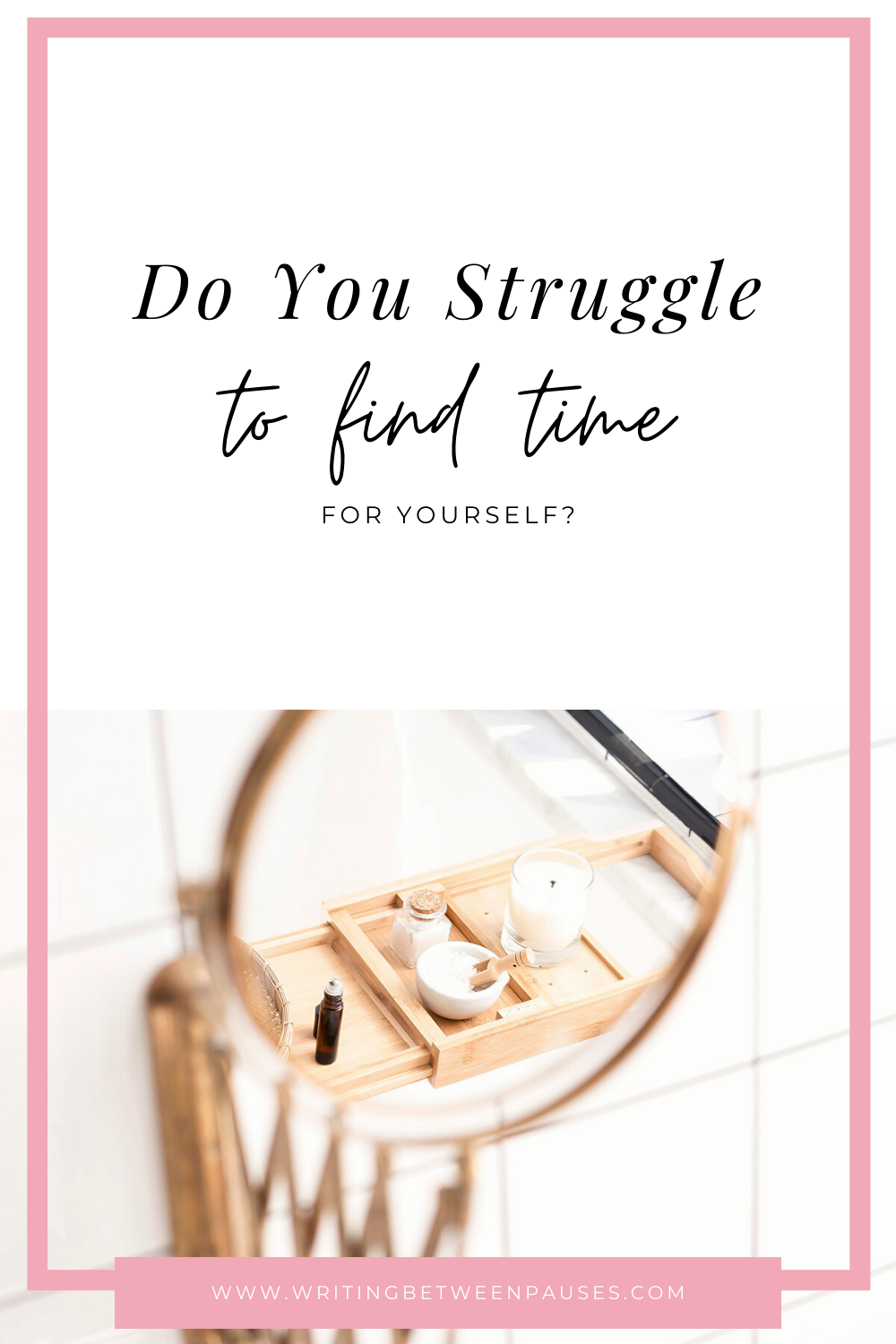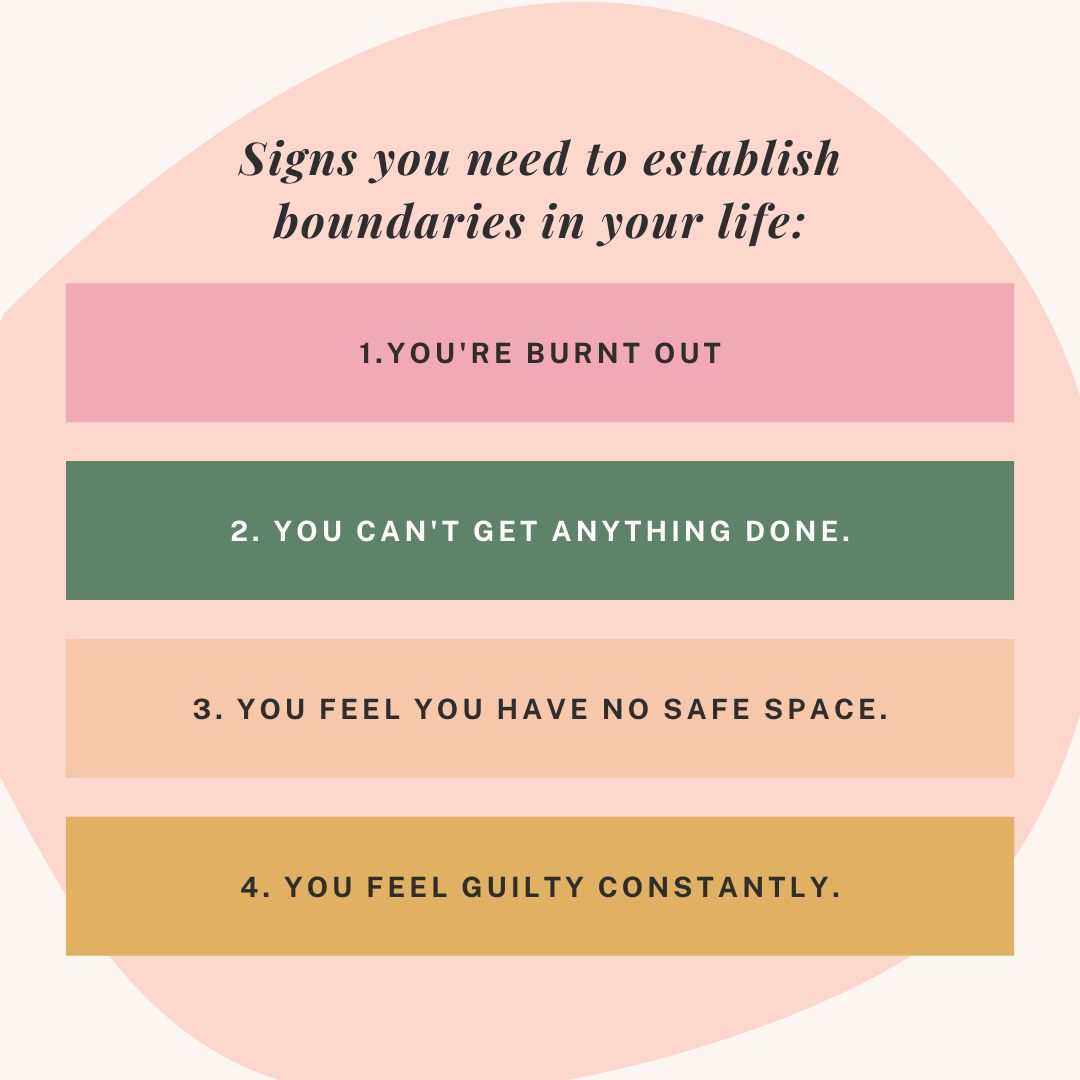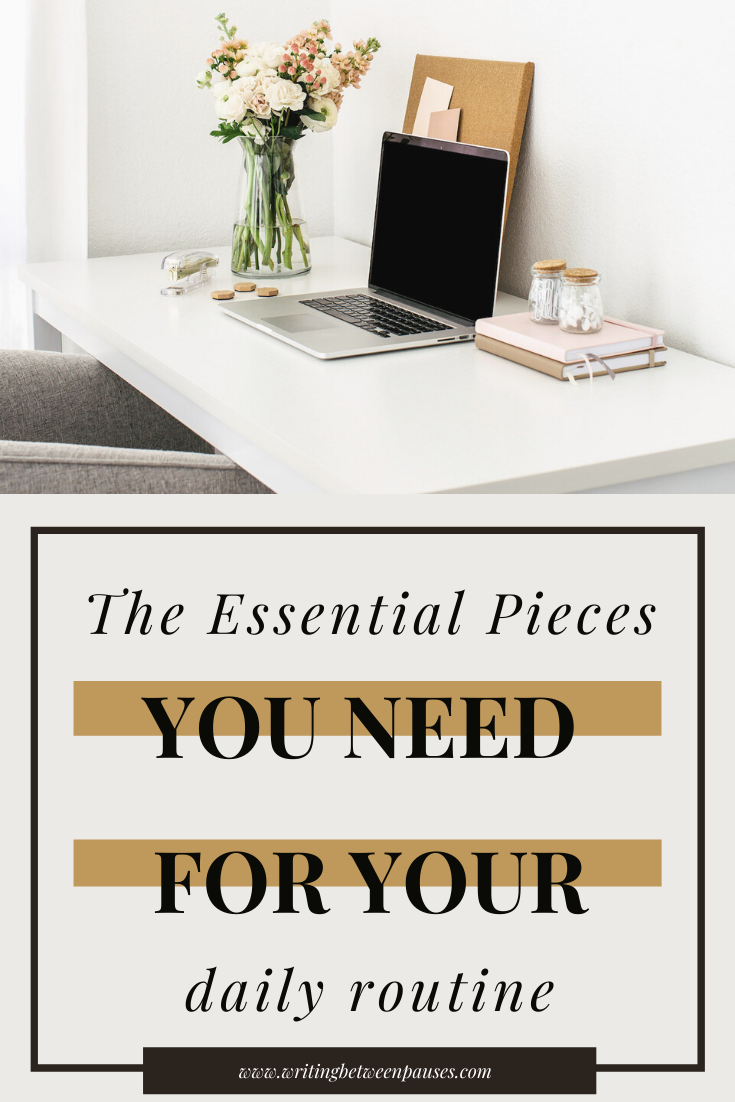To my fellow parents with school age kids or just kids in daycare, I salute you. In a few weeks, we’re going to be fully in the trenches, battling cold after cold after cold… but for now, we can only prepare, fully aware that our kids are highly likely to miss picture day and that we’ll, once again, be on a first name basis with the pediatrician receptionist.
For the past 2 school years, my son has gotten sick after the first three days of school. Picture day has always been on the Tuesday or Thursday the second week of school—and he has been sick in both of those school photos. I told him our goal was to avoid being sick this weekend, but who knows if that will actually happen.
This summer, we’ve also had illness after illness: mystery flu (Violet), hand foot and mouth disease (all of us, but especially me); and the stomach flu. We caught the stomach flu right before our cruise in August and HFDM from that very cruise… so we’ve really been through the ringer. I’m not particularly excited about this coming school year. If the summer was bad… what will the school year be like?
There is comfort in knowing we aren’t alone; many of my son’s friends were also, somehow, sick throughout the summer. My pediatrician’s phone line is always backed up. So it wasn’t just us! It seems like this summer was a rough one for viruses.
Which again, that does not bode well for this cold and flu season.
I like to think I know a thing or two about taking care of kids with colds. But if there is one thing being a parent has taught me it’s that once you think you have a handle on a situation, the universe likes to throw a little pizzazz. Call it karma confetti. Parents with older kids sometimes make the mistake of thinking we know what we’re doing 100% of the time, but the truth is we don’t.
One thing I do know though? How to prepare for cold and flu season.
1. Stock up on essentials now.
This one might seem a little bit basic, but hear me out: many cold and flu seasons I have found myself awakened at 2am by a crying, feverish, sick child, gone to my medicine cabinet, and found an almost empty bottle of ibuprofen. Or a thermometer that isn’t accurate or has stopped working. Or, worst of all, someone is throwing up and there is no Pedialyte in the house. And by the time cold and flu season arrives, there is usually a bit of a shortage on these things.
Two years ago, my son got the flu during the big Tylenol shortage. I had to emergency order multiple bottles from whatever source I could and it was so stressful.
My point is: stock up all the classics now, rather than ordering (and often spending too much) later. Here is what I try to get stocked up on before the end of September:
Saltines & oyster crackers
Pedialyte (I like the packets as they last longer and you don’t end up with a half used bottle)
Ibuprofen & Tylenol
Cough drops
Immodium
Children’s allergy medicine
Thermometer (if you need a new one)
Tissues
Hand sanitizer
Laundry sanitizer
Extra bedding and towels
Tea & honey
2. Talk to your kids about washing their hands.
Kids are, as I’m sure you know, notoriously lax about washing their hands. Well, most of them. There are definitely some kids who are extremely dedicated to a hand washing routine and for that we thank them. But a vast majority of kids simply don’t wash their hands or rush.
My oldest is not a kid who skimps on washing his hands. He was 4 when Covid started in early March 2020 and so washing his hands thoroughly has been part of his life for the majority of it. He also loves a good hand sanitizer; I always refresh the one on his backpack keychain every week and he knows to use it throughout the day. But this hasn’t been a natural thing; I had to talk to him about the importance of hand washing a lot for a long time.
We also had to make it a constant habit: washing our hands before every single meal; washing our hands when we got home from an event; using hand sanitizer in the car after every stop. It just became part of our lives and to help prevent the worst colds, it’s something you just have to do. (This won’t necessarily stop them from ever getting sick, but it does cut down on it.
3. Sign up for flu shots & Covid boosters.
Controversial? No. Kids should get their yearly flu shots and, if they’re old enough, Covid boosters. (I actually haven’t heard yet, as of September 3, 2024, if there is a Covid booster this year; I assume there will be though!) In November 2022, my family got the flu; and yes, I was 5 weeks postpartum and yes, my newborn did get the flu. You know why? We hadn’t gotten a chance to get flu shots yet. My son was so, so sick I thought he might have to be hospitalized and I beat myself up a lot that month about not getting him in to get a flu shot.
Long story short: get your kids flu shots and Covid boosters. I promise it is worth it.
4. Set up a “just got home” routine
This piggy backs off of point 2, but set up a “we just got home” routine with your kids. I keep my son’s on a laminated piece of paper on our fridge and he knows to check off each box. This is what ours looks lie:
Wash & sanitize your hands
Change into play clothes and put school clothes in hamper
Wipe down lunch box
Spray backpack (we use Lysol disinfecting spray for fabric)
Start homework
Read 10-15 minutes
Dinner time
It’s not complicated and the more kids do it, the easier it gets. Obviously, for younger kids, they might need a simpler routine and/or to use pictures on a check off sheets. Either way: make the routine simple to follow and impactful for your evening.
5. Prepare for the unexpected
Not to be dramatic, but anything can happen at any time. RSV was extremely bad last year, as was Covid and the flu. My daughter had multiple colds that landed her in the ER with labored breathing and we had Covid for the first time in December 2023. (That’s a small flex on my part!) We didn’t expect those things, as you can imagine.
Like I wrote earlier: every time I think I have a handle on things, something totally unexpected happens. A stomach bug. The flu. A cold that hits right before a big road trip. You know, regular, schmegular stuff for parents of small and elementary age kids. But it never really gets an easier to handle these things: your kids being sick is extremely stressful for a lot of reasons. You might have general anxiety about their health (hello, me too!); you might have to miss work and, given the economy right now, that’s super stressful; you might have to rush them to the ER and if you’re in the US like me, that’s always stressful.
So, to conclude: you can only prepare so much. Know that you might encounter an illness that shocks you—for me, that’s been hand, foot, and mouth disease (I can’t believe that it’s considered “mild”, my fingernails are falling off). Know that you might have to rush to the ER and advocate for your child in a way you didn’t expect. Your kids will miss school and you will worry about them falling behind. But know that at the end of the tunnel, there is spring and once their older than, like, 12, it won’t be quite this bad.






























